Melting Ice In Alaska Offers Glimpse Into Future With Increase In Scientists’ Worries
Alaska is the only part of the United States that lies in the Arctic region of the earth. The State of Alaska brings different ideas to the mind of visitors; for some, it is vacation; for others, aurora, dog sledding; and for the rest, military service.
However, there’s more to Alaska than the harsh winters, ski resorts in Fairbanks, and military base in Anchorage. Scientists are part of the Alaskan demography, and they are not there on vacation.
Eggheads Around the Mystical Crystal Orb
There’s an ongoing scholarly discussion about Alaska’s glaciers and wild and marine life. Much of the ongoing research in that region is focused on identifying the implication of environmental activities on the human occupants and ecosystem.
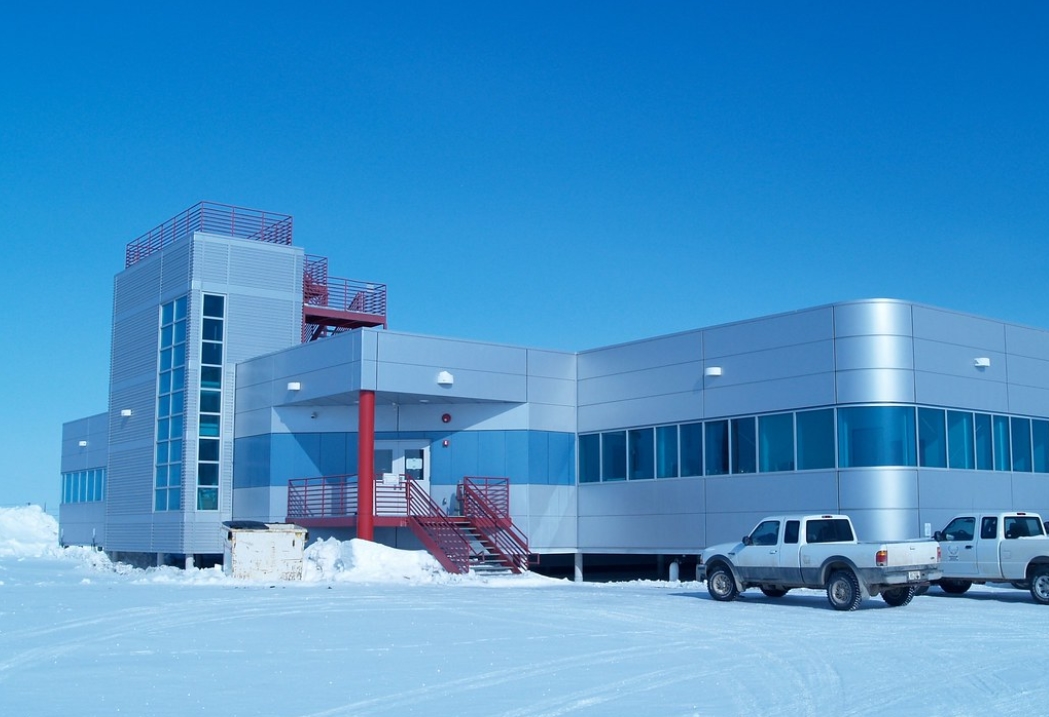
Source: Flickr
Hence, eggheads from research institutes ventured on this future-predicting expedition. The Geophysical Institute, Institute of Marine Science, Institute of Arctic Biology for Glacier and Environmental Research, and the National Science Foundation had to collaborate on this project.
A Hidden Observatory In Fairbanks
After years of research, sample collections, and assessment of the prevailing conditions of the Alaskan glaciers, the scientists decided to make their findings public. This step may avert a looming incident.
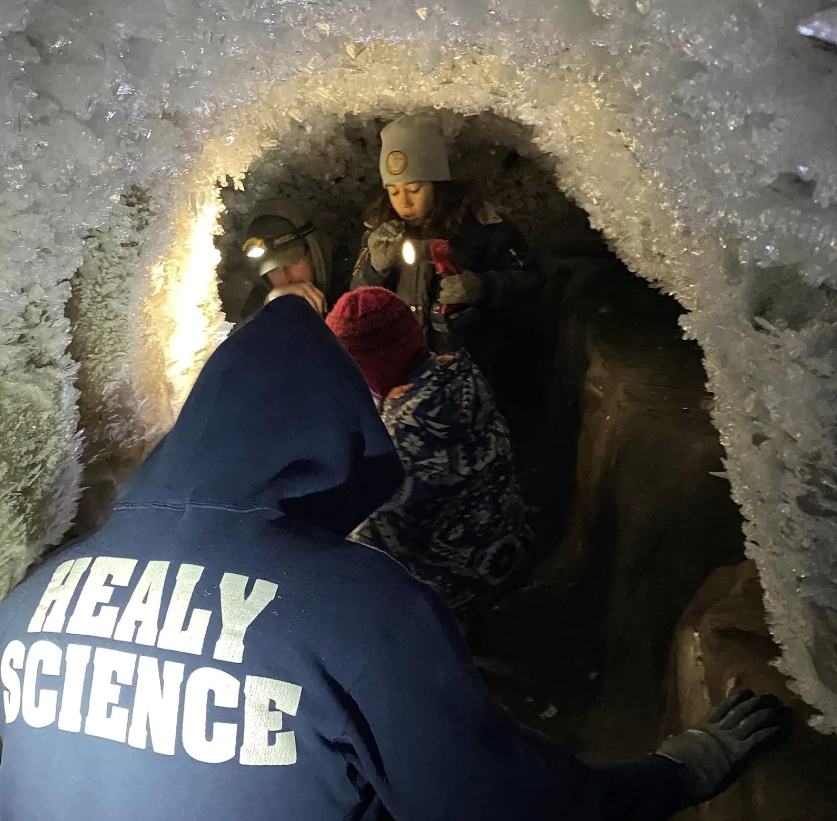
Source: Permafrost People/Facebook
So, they invited a reporter – Michaeleen Doucleff – to tour their hidden laboratory. The structure that houses the laboratory entrance looks more like an abandoned shack.
A Bunker in Peaceful Alaska
It will not be far-fetched for a visitor to get speculative about the motives of constructing this underground laboratory. However, the Cold Regions Research and Engineering Laboratory (CRREL) is not your regular laboratory.
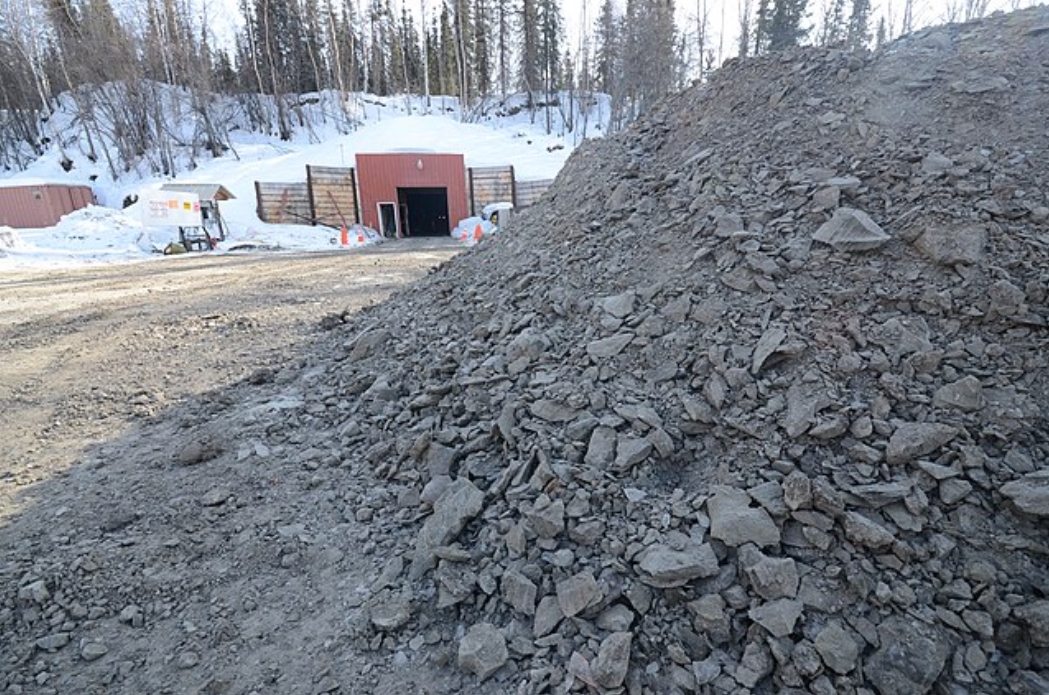
Source: Permafrost Tunnel/Wikimedia
Instead, it consists of a series of tunnels carefully carved into the mountainside. Thus making it possible to explore portions of the earth that have been frozen and buried for several decades.
Alaskan Permafrost: Amusement for Students, Nightmare for Scientists
It is a common sight to find students from the University of Alaska and the University of Idaho visiting the Fairbanks permafrost tunnels. Passively listening to them chatting excitedly after the tour is a clear indication that they don’t understand the global implications of what they saw.

Source: Permafrost People/Facebook
Of course, many of these young chaps do not have access to the research data. But the researchers involved in the data collation have a gloom lingering over their heads. It won’t be surprising if some of these experts wish they didn’t know the specifics of an impending calamity.
The Fearful Thing is Permafrosts are Widespread on Earth
Virtually every portion of the earth that experiences cold temperatures year-round has permafrost. There are more of these natural formations in the northern hemisphere. Siberia, Eastern Europe, Alaska, and the mountainous regions of China all have permafrost formations.

Source: Marc Oliva/imaggeo
The effect of permafrost melting is prominent in Alaska because roughly 90% of the Alaskan landmass has permafrost formations.
An Unveiling of Ancient Epidemics/Plagues?
Initially, scientists were merely trying to study the history of the planet earth by collecting samples of frozen permafrost. But along the line, they discovered that some of these samples contained microorganisms.

Source: Permafrost People/Facebook
Though these microbes have been inactive for thousands of years, they regained life when earth provided the appropriate conditions. These are microbes from as far back as the mammoth era.
Scientists Rigorously Test Permafrost Samples
The permafrost samples were taken to the laboratory and tested for life. It just happens that some of the identified microbes are psychrophilic — they can hibernate in freezing temperatures and become active when the conditions are right.
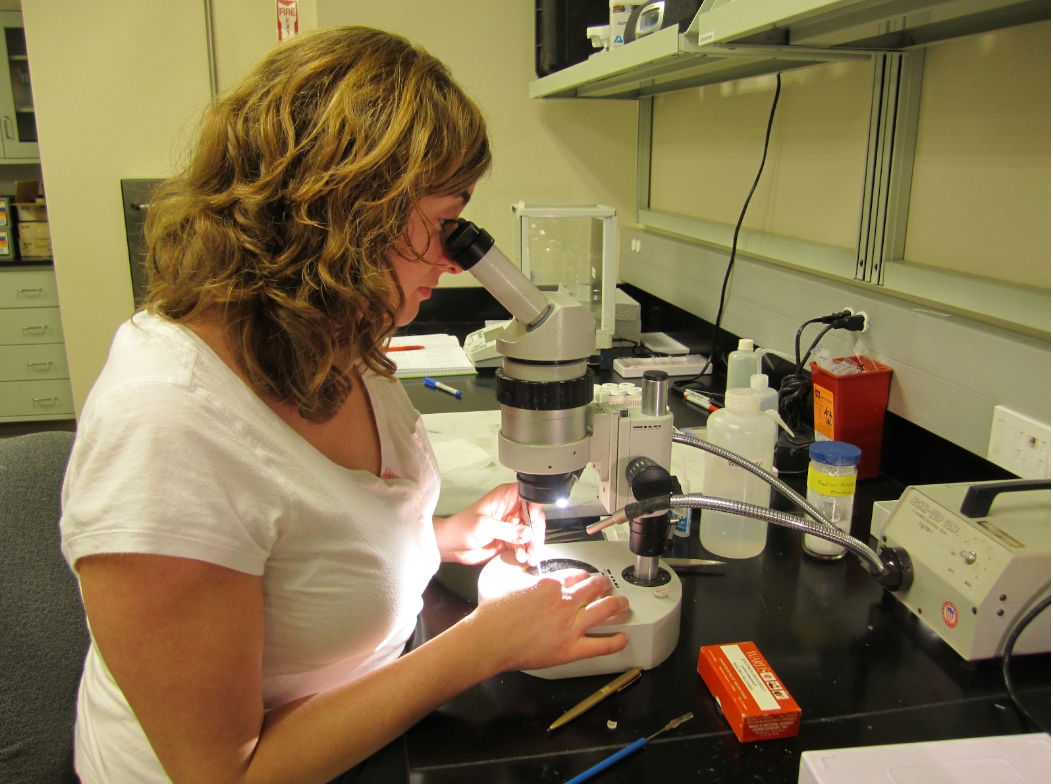
Source: Wikimedia Commons
Unfortunately, some of these organisms are disease vectors and could have been responsible for some pre-civilization pandemics.
Glaciers, Ice Caps, and Permafrosts are Liquifying at the Earth’s Arctics
Global warming has caused a tremendous change in the earth’s climate. The ice formations in the arctic regions are melting daily, causing the ice sheeting cloaking the North Pole to shrink.
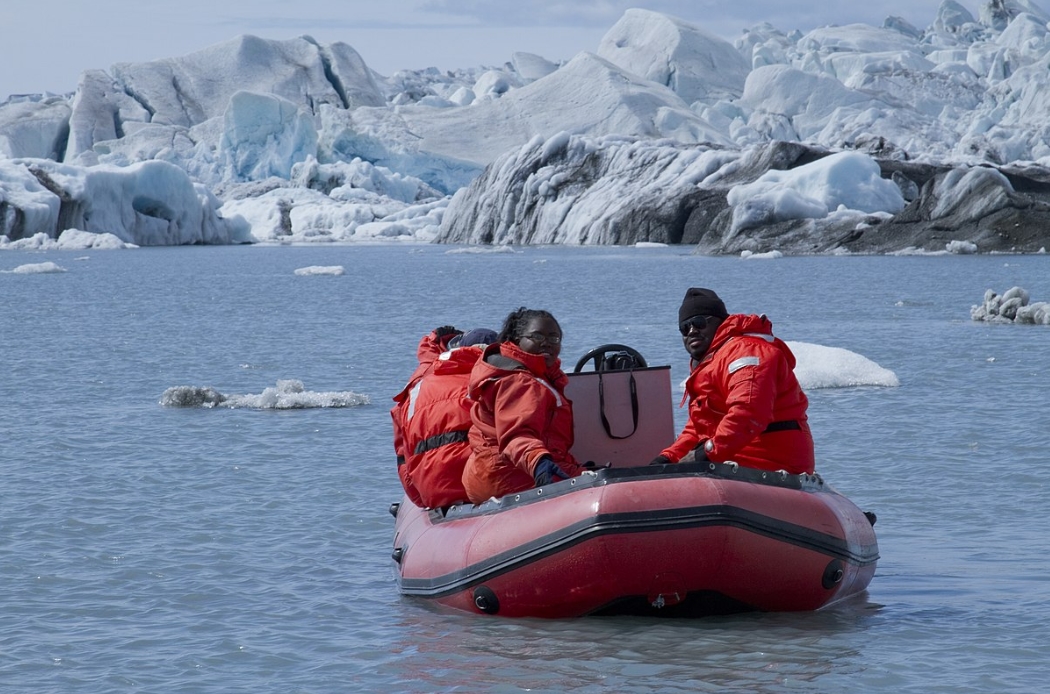
Source: Wikimedia Commons
The earth has experienced a rise in sea levels. Arctic wildlife, like the polar bear, is being forced to migrate. Scientists have found all these to be repercussions of man’s huge carbon footprint.
Discussions on the Surprising Discovery in Mammoth-Old Ice
After discovering living microbes in the melted permafrost samples, scientists isolated them and identified the microbes, particularly the disease-causing ones, in the lot.
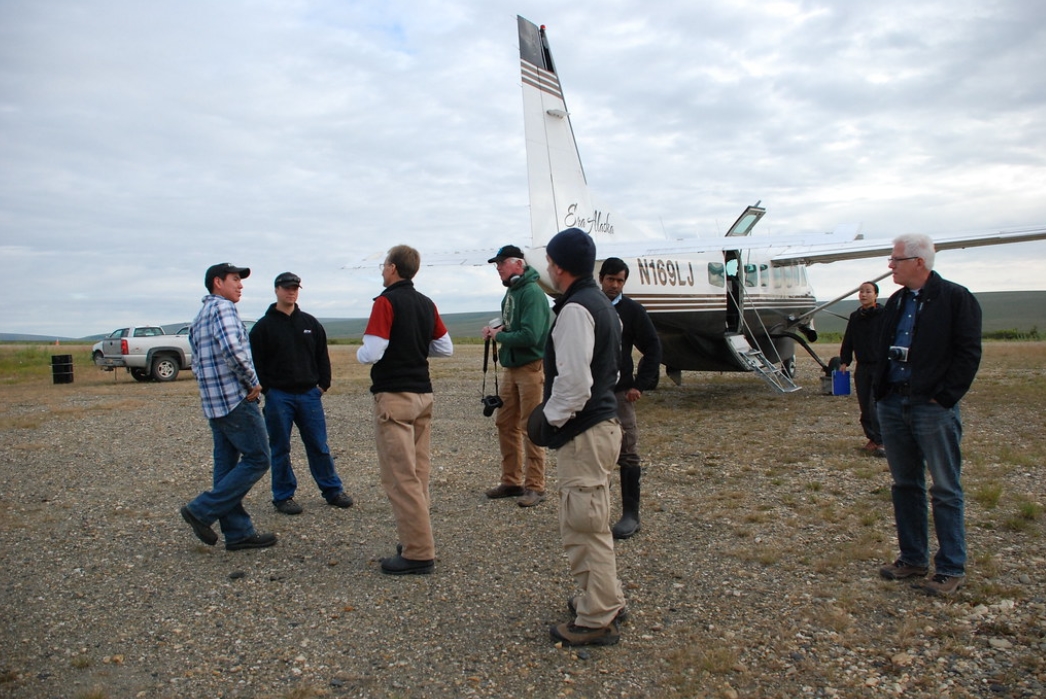
Source: NGEE Arctic field research/Flickr
Scientists identified some bacteria and viruses. It turns out that permafrost is a perfect storage system for these organisms.
An Army of Cold-Loving Organisms
In the absence of light, oxygen, and life-supporting temperatures, these psychrophilic organisms were frozen in time.
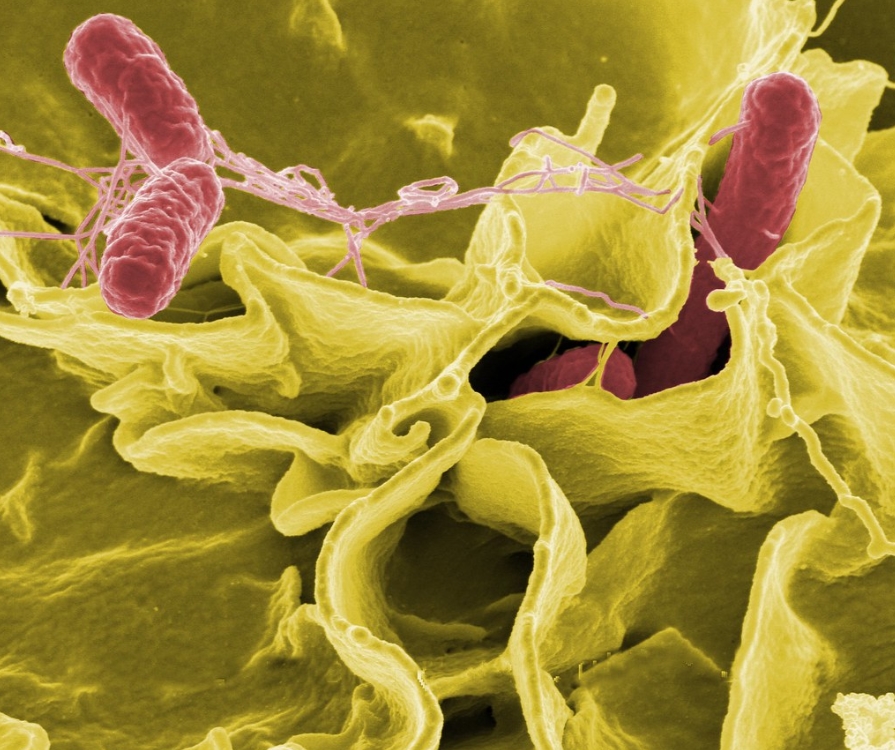
Source: Flickr
Regular suspects were: Chloroplexi, in carbon degradation, and Orthopoxvirus, aka smallpox. These all were found in permafrost, which is well over 25,000 years old.
Another Impending Black Plague?
As if the viruses and hibernated bacteria are not enough, there’s a particular bacteria found in the permafrost ice. The Bacillus anthracis is a fear-inspiring organism. Studies on it are done under strictly controlled conditions because it is the vector of anthrax disease.
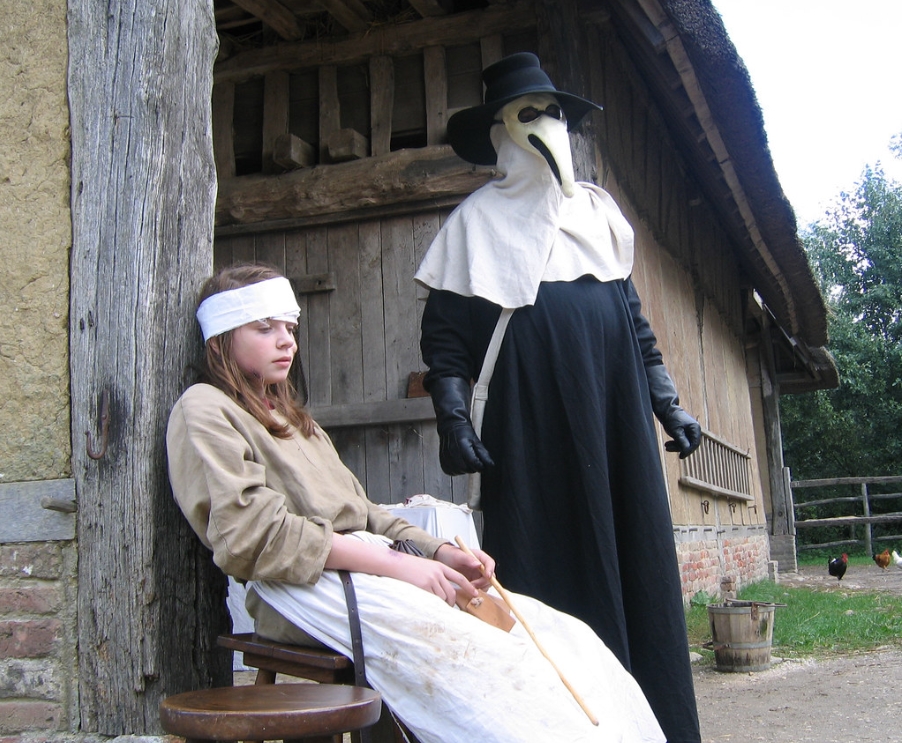
Source: Flickr
Anthrax is so contagious, so much so that there are records of it being used by the military as a biological weapon.
The Onslaught is Already Upon Us
It may come as a surprise, but these microorganisms have started wreaking havoc in the arctic regions. The absence of a large human population in these regions has checked casualties. However, arctic wildlife has not been lucky.
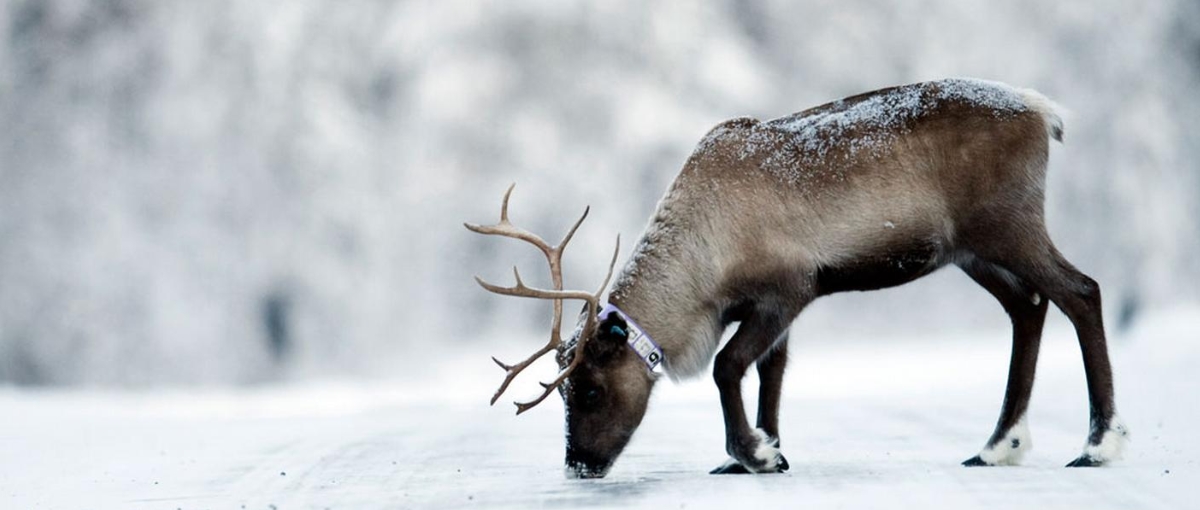
Source: Jonathan Nackstrand/Getty Images
In 2016, a herd of about 2,000 reindeer was reported to have died in Siberia from an anthrax outbreak. Unfortunately, a young boy also fell victim.
Are Permafrost Diseases a Threat? Can Humans Adapt?
A school of thought believes the disease-causing microorganisms isolated from permafrost ice are not much of a treat. The argument is: there are far worse microorganisms in the tropics, mangroves, and other locations on earth.
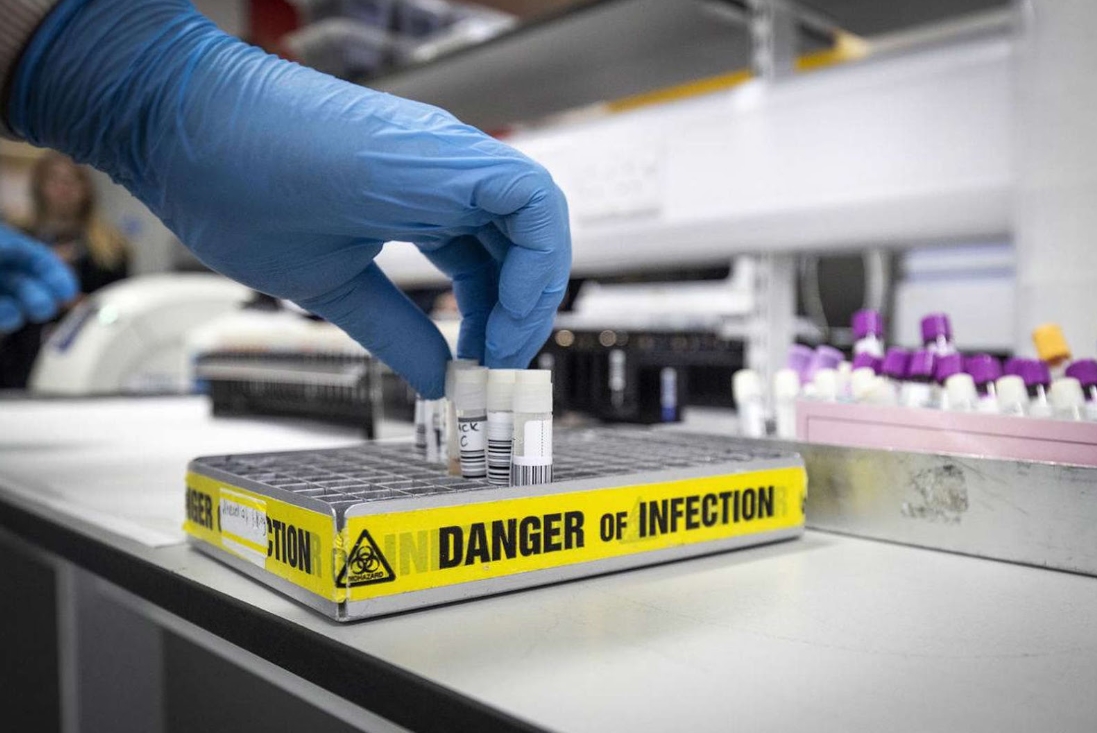
Source: Jane Barlow/Getty Images
But can we take their word for it? What if the human race gets exterminated by yet another virulent plague?
Microbes that Fraternise Antibiotics and Fight White Bodies
Another cause for concern is the isolation of some of these hibernated and deadly microbes from frozen lakes. Some of these bacteria were found to be resistant to antibiotics.

Source: Wikimedia Commons
A healthy individual’s only guardrail against such microbes is a strong immune system. Tourists are notorious for taking cold dips in lakes and water bodies neighboring thawing permafrost without knowing the safety clearance of the water body.
The Ozone Layer and Permafrost are Antagonistic Relatives
Unlike glaciers and ice sheets (made up of mostly solidified water), permafrost contains a large proportion of organic matter. The organic matter is broken down as the planet heats up and permafrost thaws. Consequently, climate-unfriendly gases like methane and carbon dioxide are released into the atmosphere. These greenhouse gases further deplete the ozone layer and increase global warming.
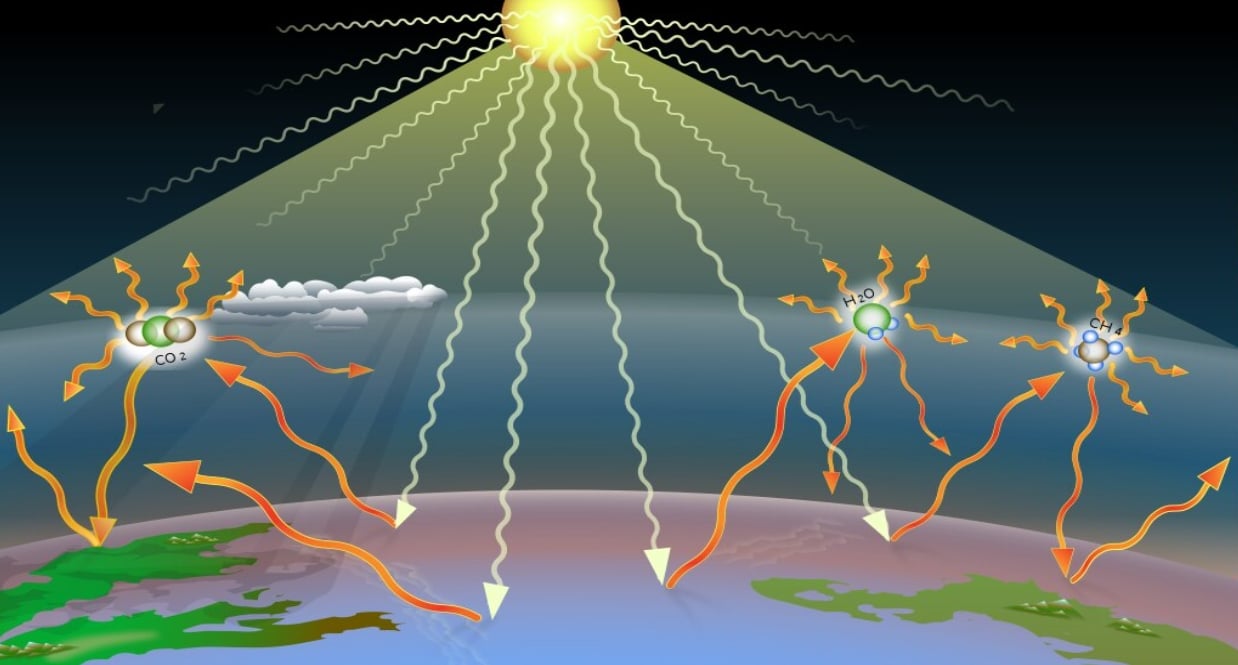
Source: Wikimedia Commons
David McGee, an MIT professor, believes that with the present global carbon footprint, permafrost will continue to thaw.
The Arctic Analogue of Desert Encroachment
Some environmentalists have compared permafrost thawing in the arctic region to be as devastating as desert encroachment in the tropics. It has tremendous environmental and economic implications.
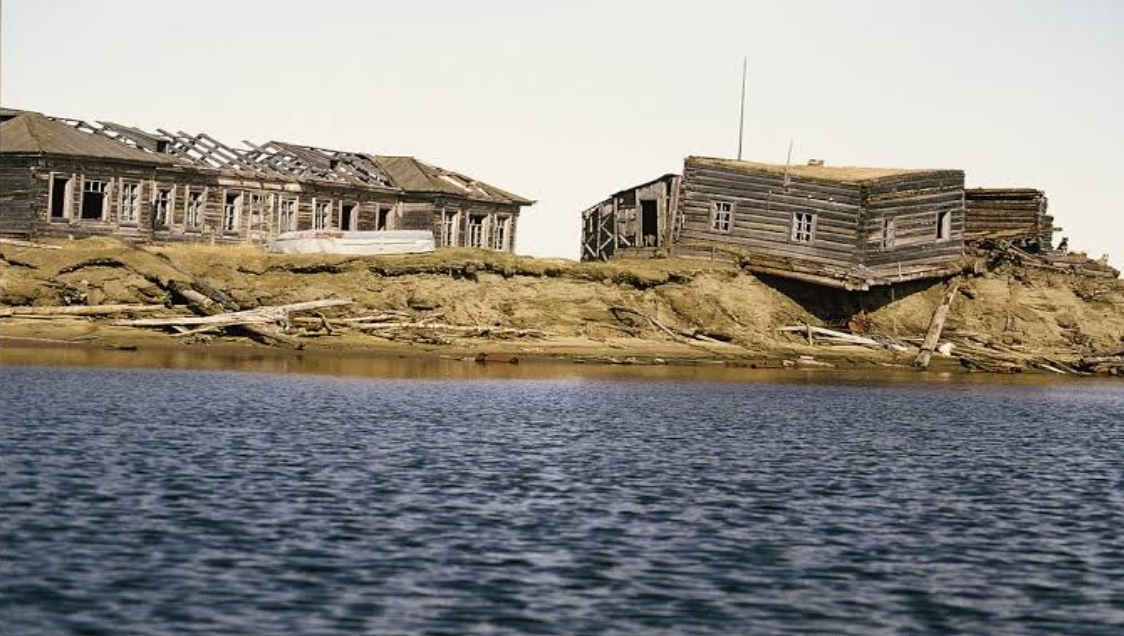
Source: Flickr
Some Siberian communities are being cut off as roads are torn apart by huge gaps and crevices. Some buildings have become inhabitable as their foundation has started to sink.
Solid Land Turning to Putrid Swamp
According to Keith Larson, a Climate Impacts Research Centre project coordinator, most water bodies today near permafrost sites were not there in the 1970s.
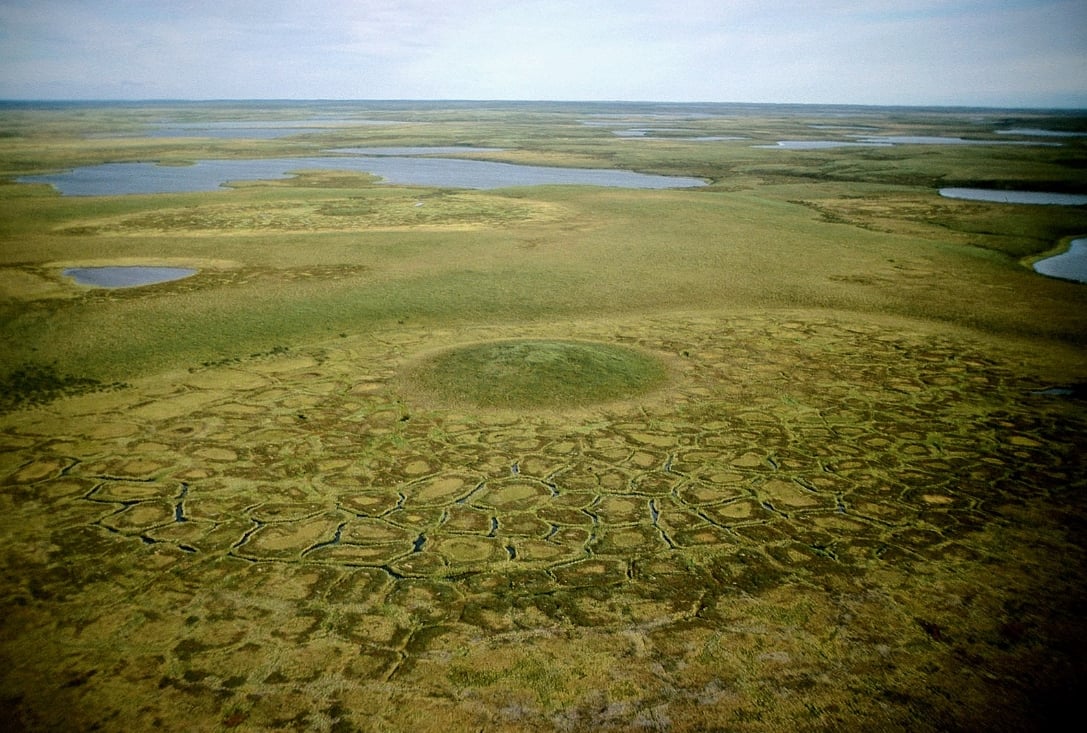
Source: Wikimedia Commons
Larson could state this confidently because he has access to research records on Swedish permafrosts — in Abisko — from the stated period.
The Arctic Now Has Its Heat Generator — Permafrosts
What we have on our hands is a vicious cycle. Researchers who have followed the pace of permafrost thawing have discovered that a chain reaction has been set in motion.
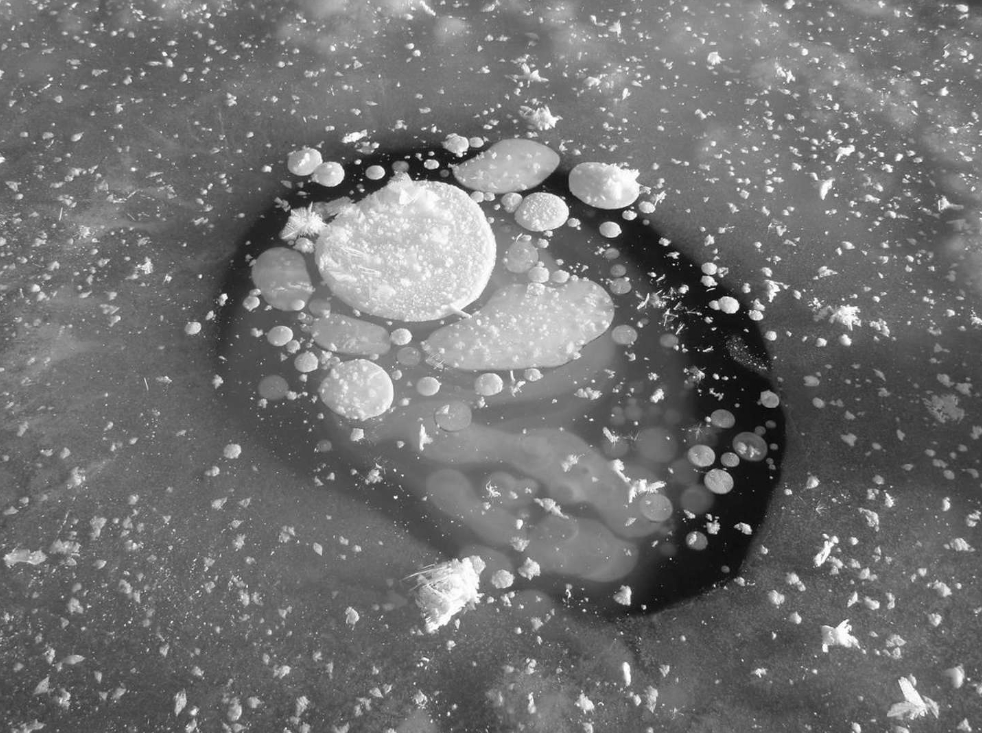
Source: Flickr
The global carbon emissions from industries, coal plants, airplanes, and automobile combustion have triggered permafrost melting. However, if we are to halt those man-made emissions, it is likely permafrost that will keep generating its heat – courtesy of organic decomposition and microbial activities.
A Load Shedding Experiment, Illustrating the Irreversibility of Permafrost Thawing
Imagine you have just gone grocery shopping. It’s summer, and you immediately store the perishables in your refrigerator.

Source: Flickr
Over the night, there was an unexpected power outage, the sequel to a terrible tornado that swept through your community. By the third day, your kitchen was sporting a putrid smell. Your buffalo wings, lobsters, and fresh cabbage have gone bad in the refrigerator. Power is restored, but the deterioration of the previously frozen foods continues.
The Two-Pronged Mechanism of Permafrost Carbon Emission
If permafrosts were merely thawing and the organic components degrading, it would have been a simple matter.
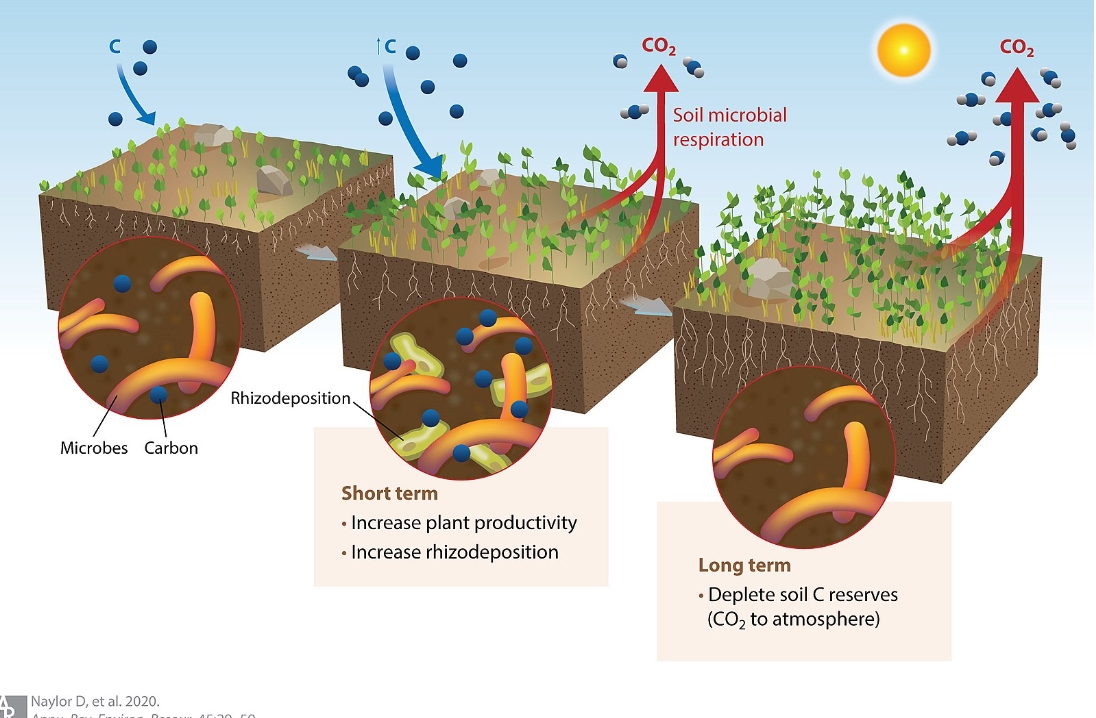
Source: Wikimedia Commons
Unfortunately, hydrocarbons are the fodder of subsistence for microbes. The microbes do not only thrive but also procreate and end up scaling up the rate of carbon emissions. The permafrost thaws and releases nutrients to agents that expedite further thawing.
Not All Permafrosts Are Land-Locked
Some of the thawing permafrost have formed water bodies that are large enough to form tributaries. Some are sandwiched in the cliffs by the ocean shore. This allows the disease vector microbiota, which has been trapped for centuries, to sip into international waters.
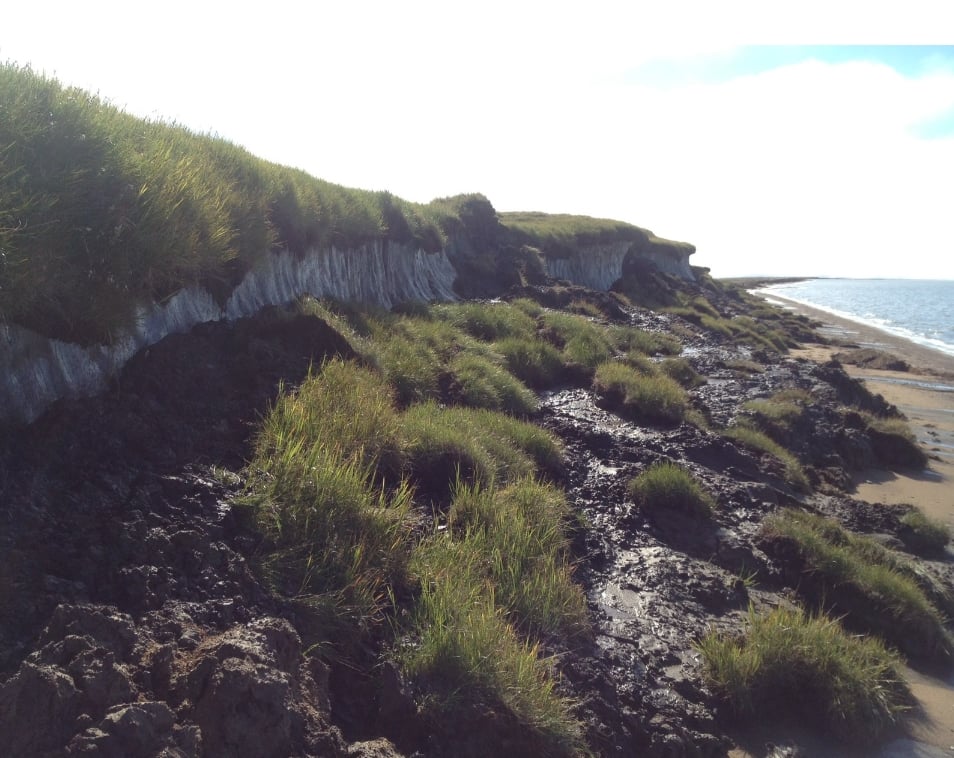
Source: Wikimedia Commons
No one can predict in detail how much harm the living populace of planet earth is exposed to. However, we better prepare to avoid the worst-case scenario.
The Imposing Giants of the Arctics
To date, scientists are very worried that the carbon emissions of the industrial revolution will be dwarfed by the climatic impact of permafrost carbon emissions.
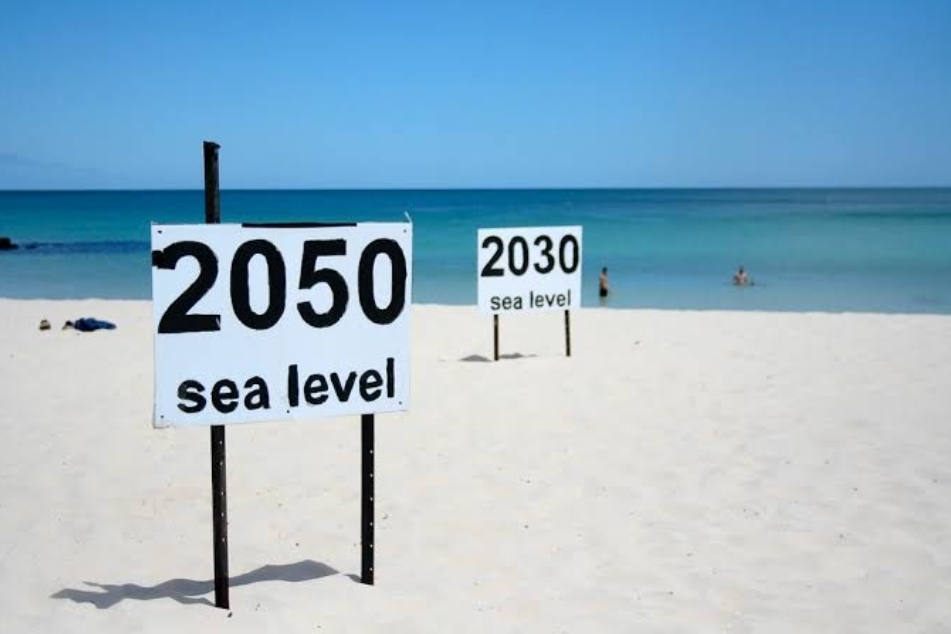
Source: Flickr
The carbon emissions that humans are directly guilty of are already wreaking havoc around the globe. You can imagine how much, for example, ocean levels will rise when permafrost melting is full-blown.
Can Alaska Sequester Carbon?
In 2022, Gov. Mike Dunleavy proposed a bill to preserve Alaska as a huge carbon sponge. In simple words, he wants to monetize Alaska as a carbon-mopping entity for the U.S. and the entire planet.
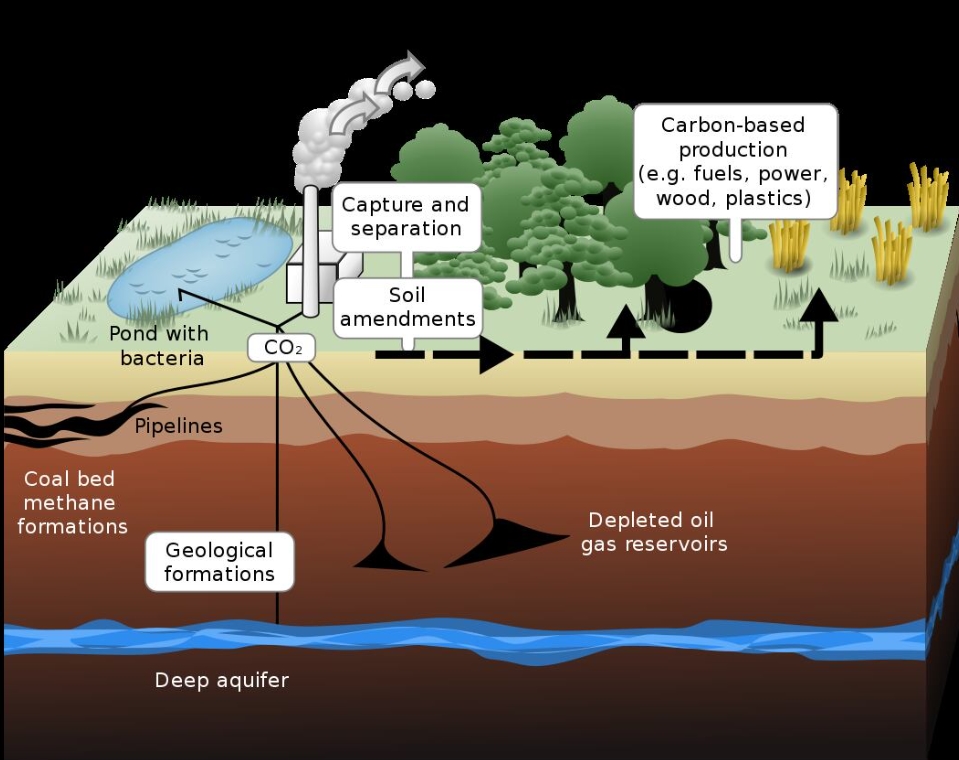
Source: Wikimedia Commons
While it is true that Alaska boasts a large landmass and forest reserve, it is also actively involved in the exploration of crude oil. If not proactively addressed, permafrost thawing might topple the scale and make Alaska carbon-positive.
Escalation of Climate Change
None of the major carbon emitters is ready to down tools. Climate change summits mostly culminate in signing edicts and pacts equivalent to mere palliatives.
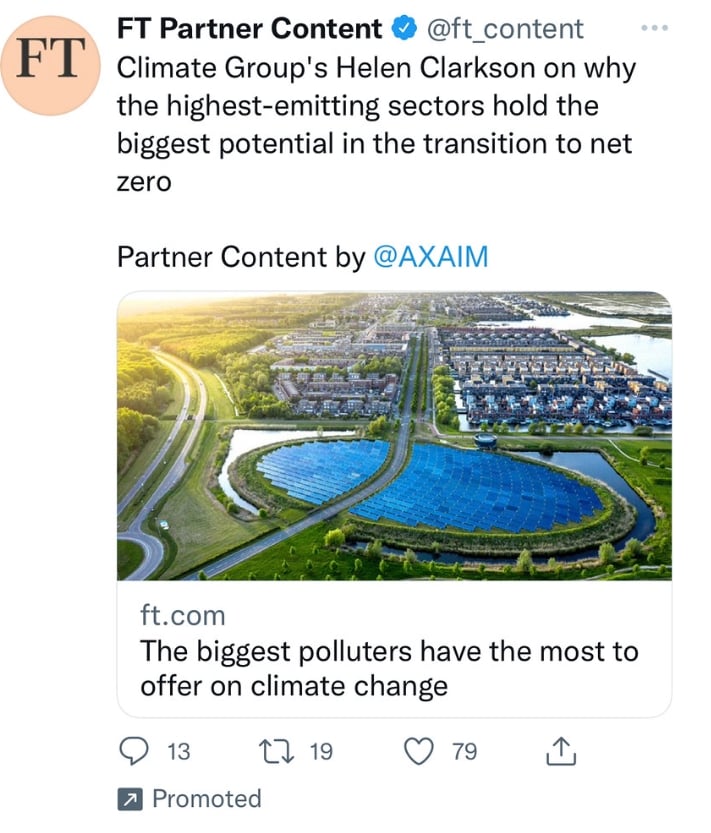
Source: FT Partner Content/Twitter
When the chips are down, no industrial giant will take the severe actions and regulations that will bring about net-zero carbon emissions across the globe. Everyone is out for the Benjamins, often to the planet’s detriment.
The Last Frontier and First Victim
Alaska is the largest state in the U.S. by landmass. It also has one of the smallest human populations. This natural haven has been a preserve of serenity for years on end.
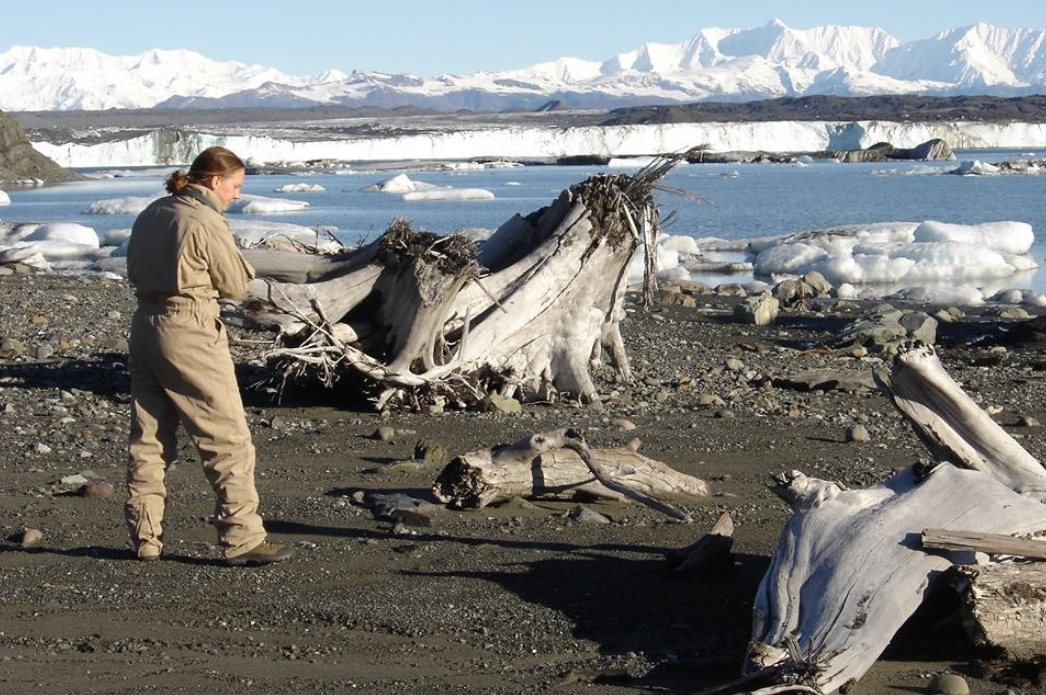
Source: Flickr
Unfortunately, Alaska is the first notable victim to experience the impact of global warming. Global warming sprouted, bloomed, and brought forth a fruit called permafrost thawing on Alaskan soil.
The Speculative Landmine
Naysayers must understand the gravity of the situation. While it is true that the global ecosystem has a way of balancing things out, we can’t afford to sit on our oars.
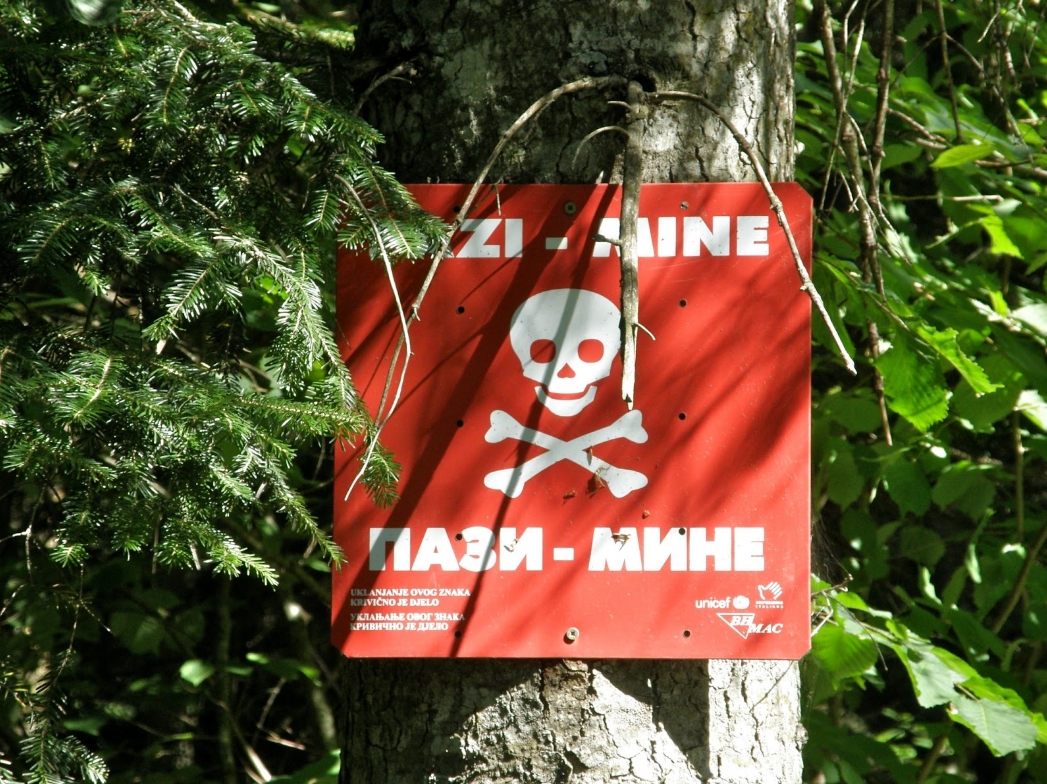
Source: Wikimedia Commons
Yes, when the permafrost melts more carbon is released into the atmosphere. Consequently, more plants grow, and the released carbon dioxide is reabsorbed. However, we can only speculate. It is impossible to state authoritatively if all the life-sustaining cycles are left unaltered.
How Alaska is Substantiating the Premonitions of Chaos
Because permafrosts have remained solid over the years, Alaskans have confidently built their structures on them. But now that the previously frozen soil is thawing, deep cracks and gashes are showing up.
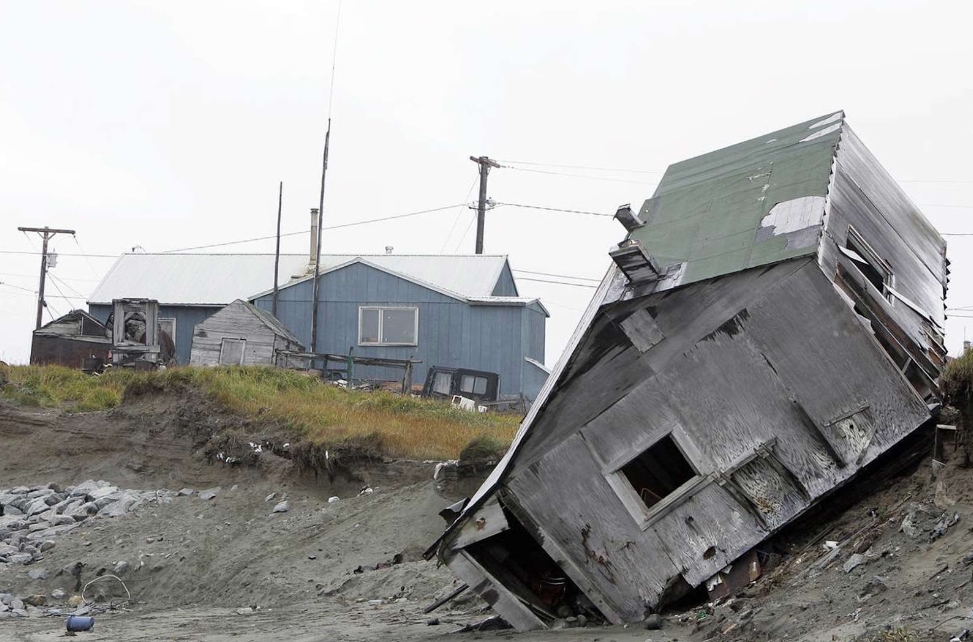
Source: Gabriel Bouys/AFP/Getty Images
It has become common in Alaska to find buildings that have toppled over or have been evacuated, all due to the land giving way under them.
Communal Amenities and Historic Sites are Going into Disrepair
In Alaska, roads are collapsing, and several infrastructural facilities are giving way, all due to permafrost thawing. If it were a tsunami, the locals would simply rebuild after the danger is past.
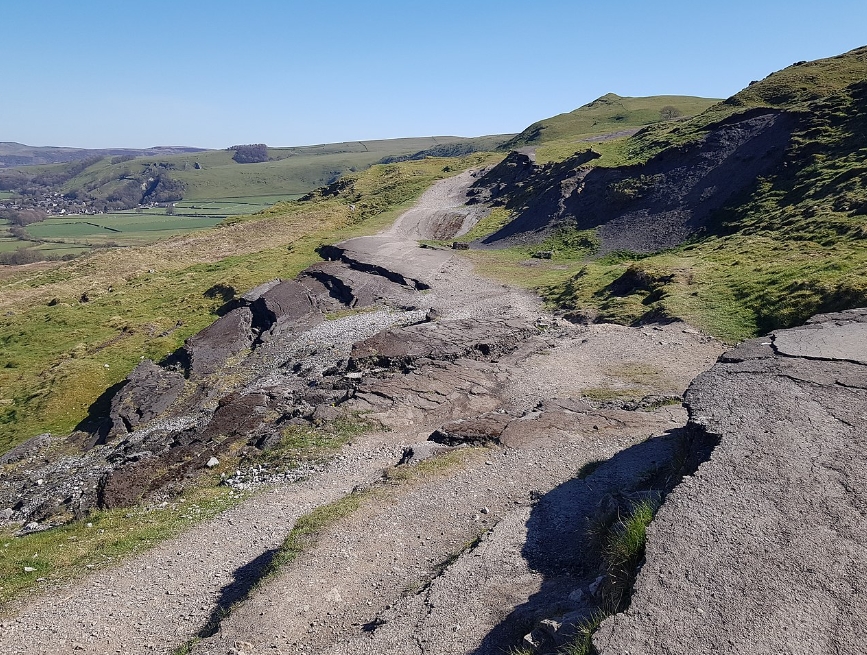
Source: Wikimedia Commons
However – with permafrost thawing – no one bothers, as the situation only degenerates further.
Isolated Alaskan Communities are the Worst Disrupted
Before the thawing became apparent, regions with a high density of permafrost were scenic and top-choice locations for habitation. However, these communities remain sparsely populated. Hence, amenities are provided largely by individual and communal efforts.
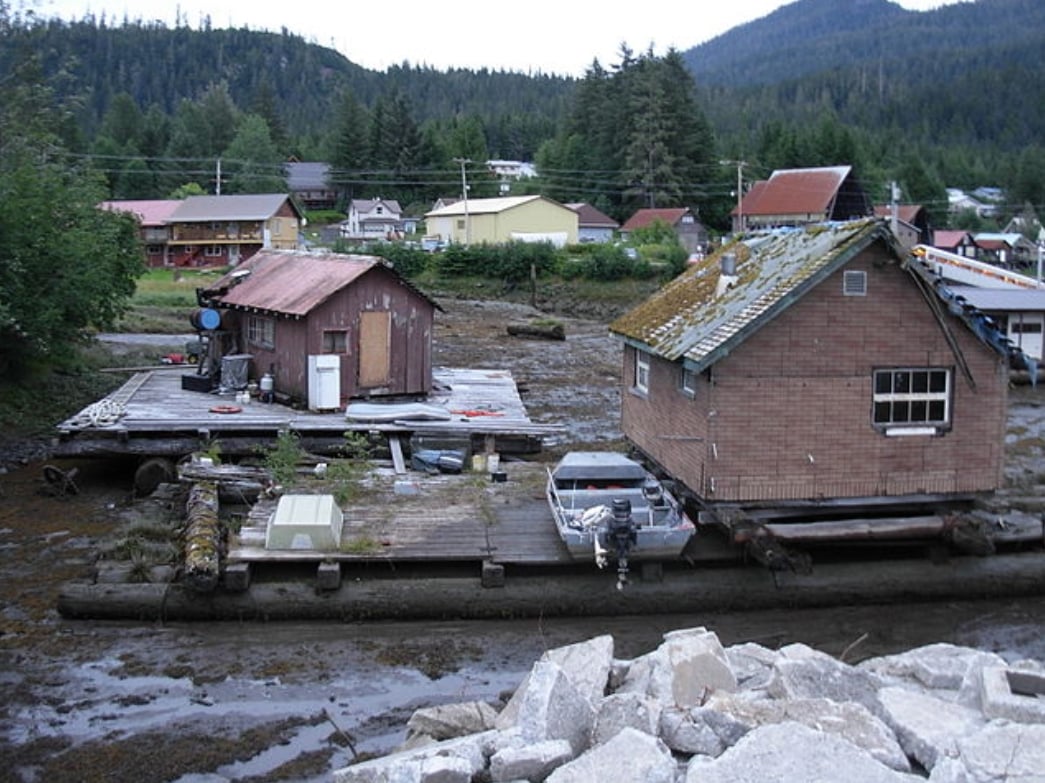
Source: Wikimedia Commons
These kinds of Alaskan communities will feel the brunt of permafrost thawing. In some cases, entire communities may have to evacuate their residencies.
The Unpredictable Factor
Among all the elements that impact the progression of climate change, permafrost melting is an uncontrollable variable.
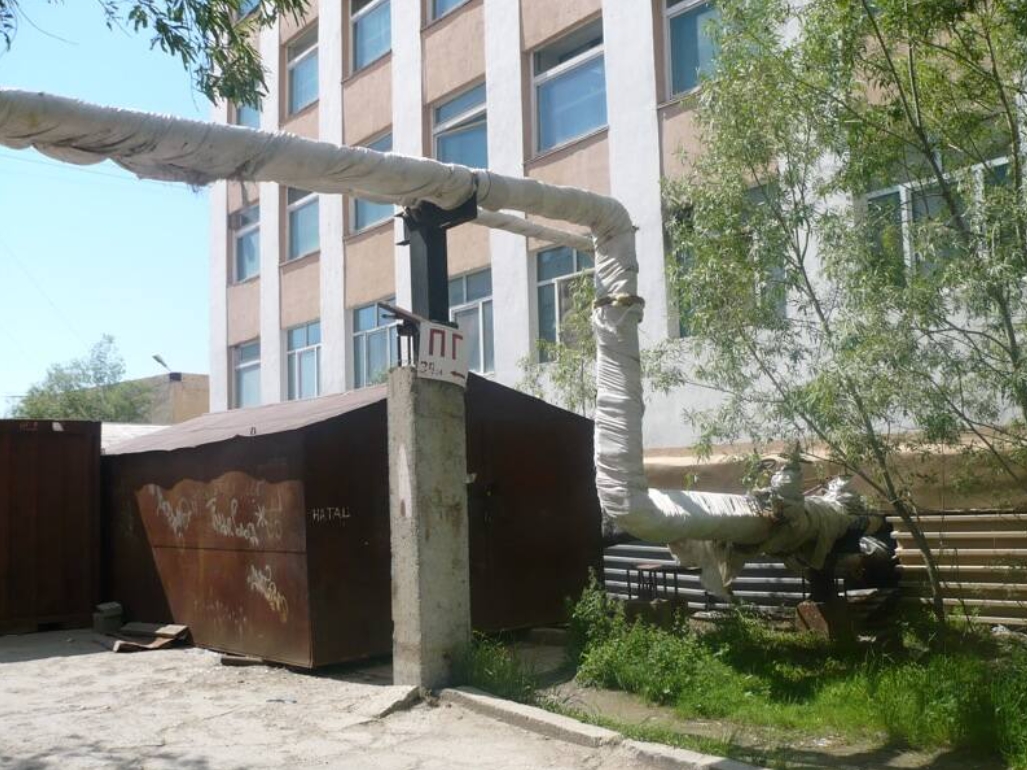
Source: Wikimedia Commons
Even with all precautions duly observed on our part as good occupants of planet earth, permafrost thawing may continue. However, it is expedient that we take the initiative to halt carbon emissions and reduce global warming.
